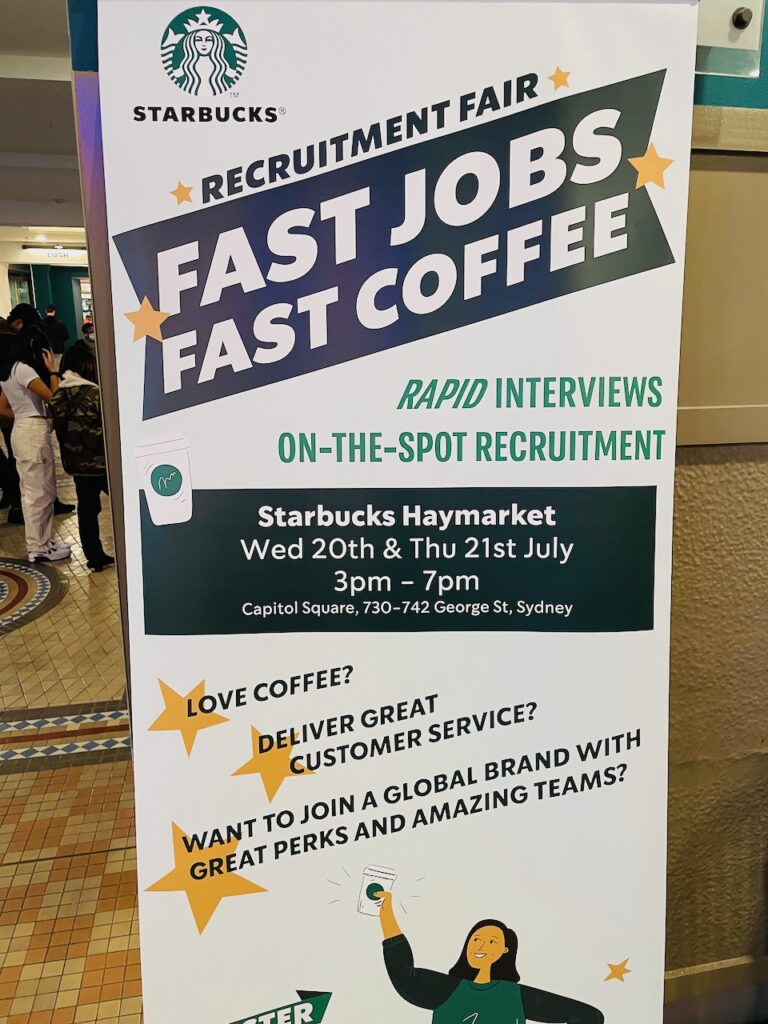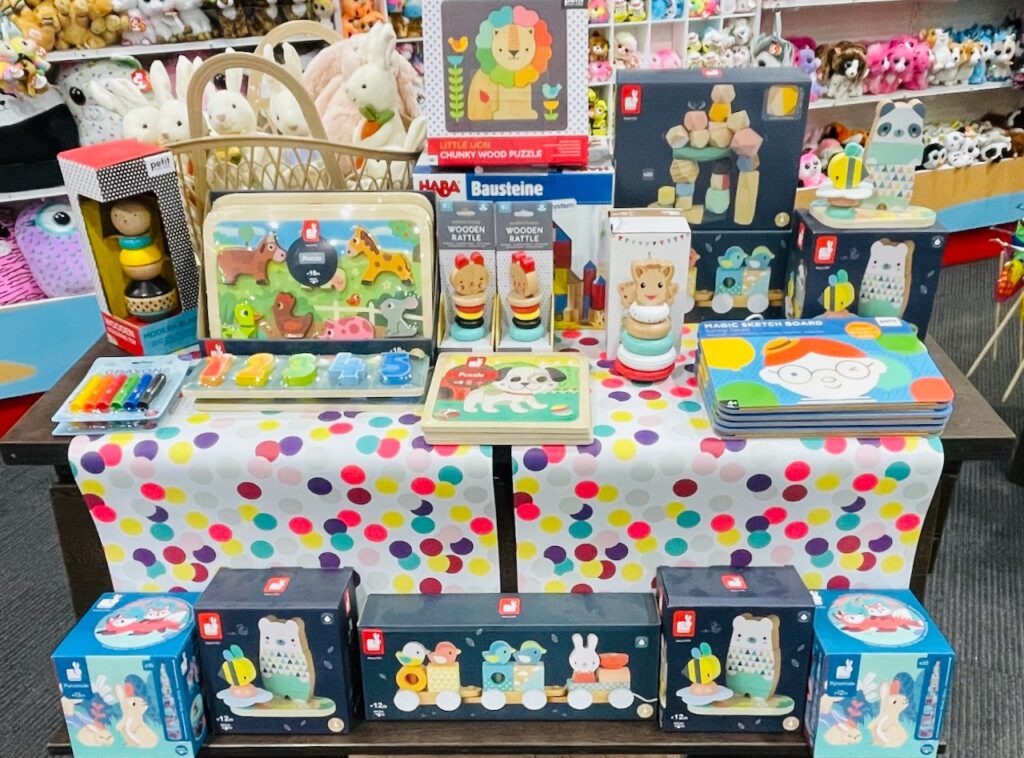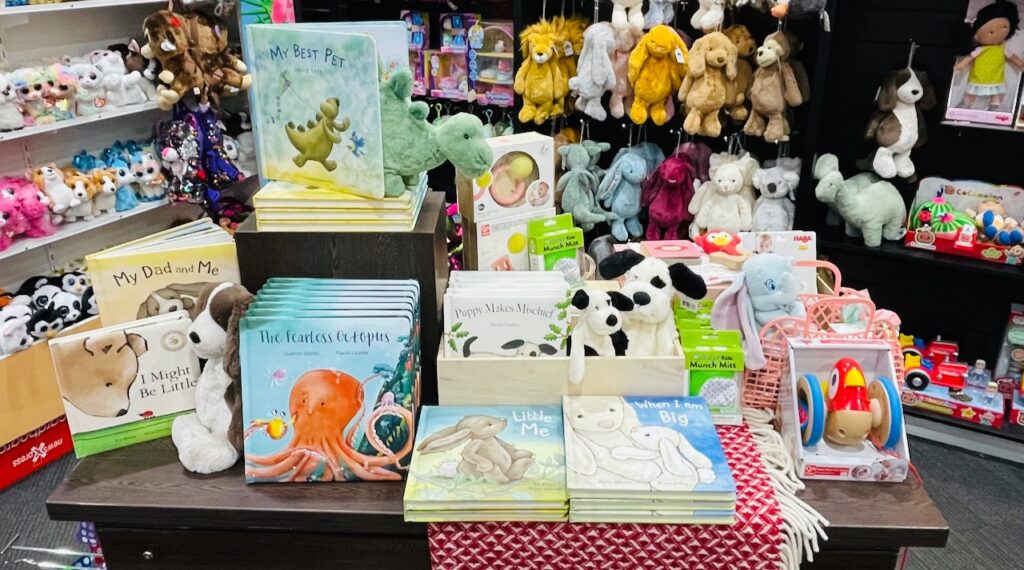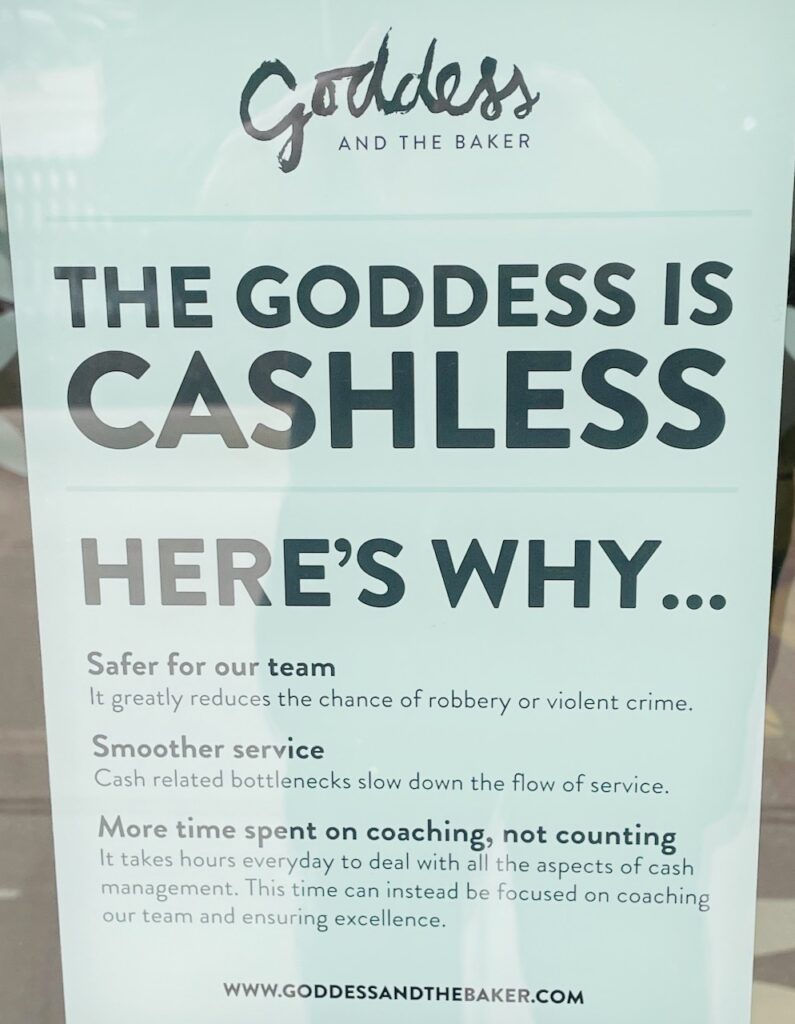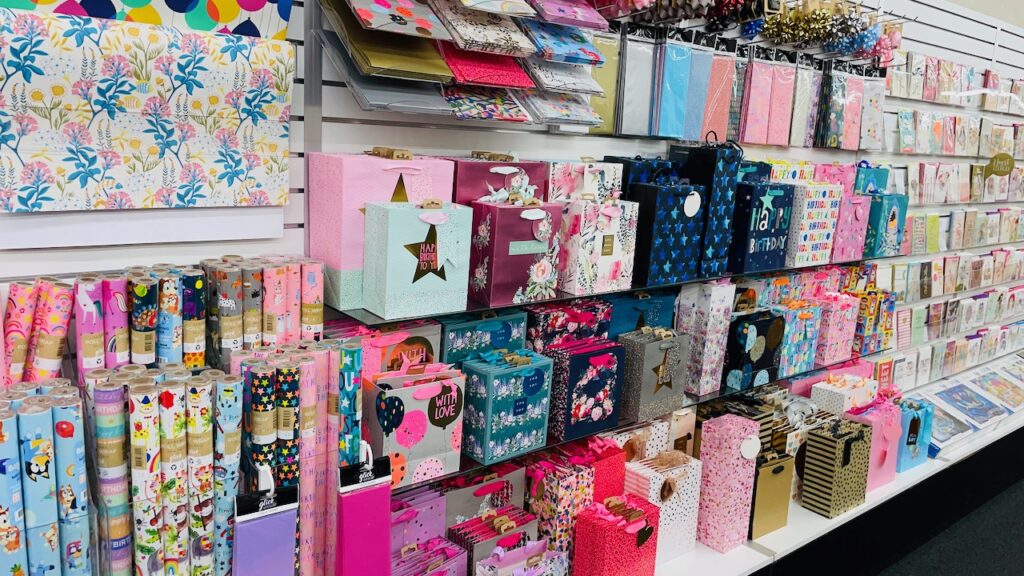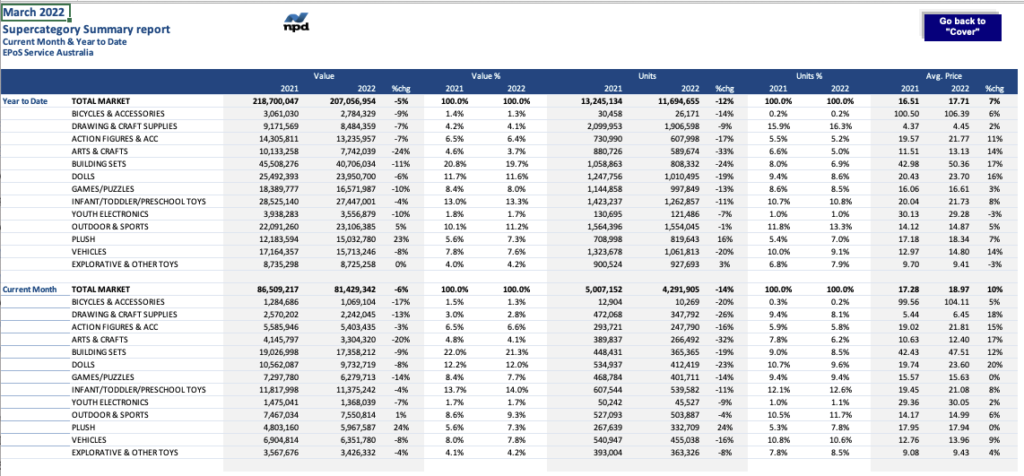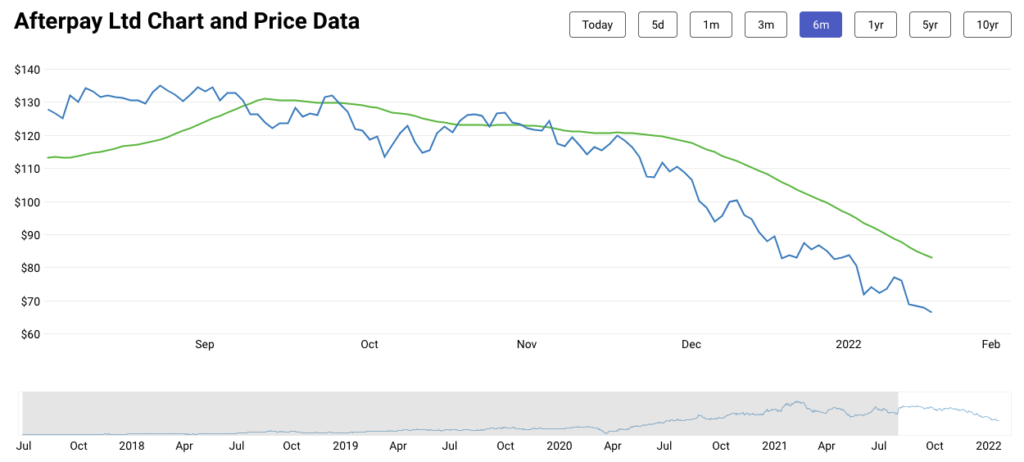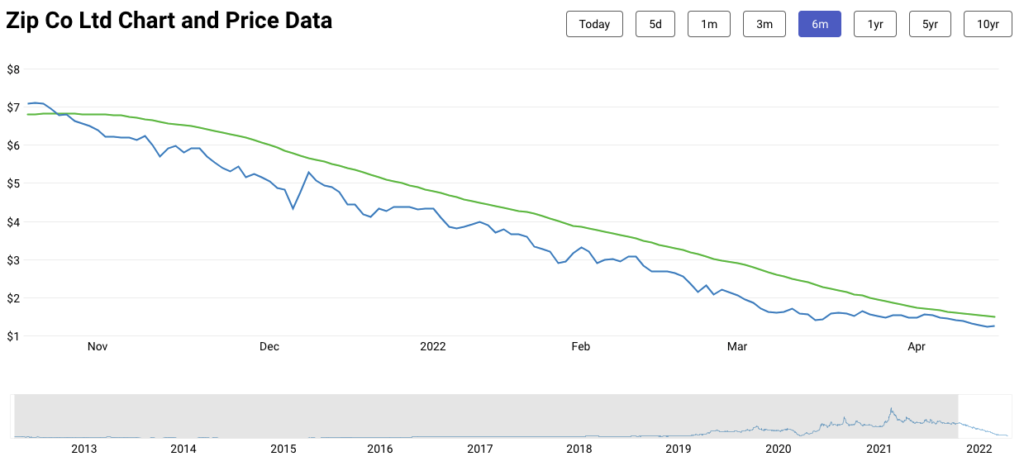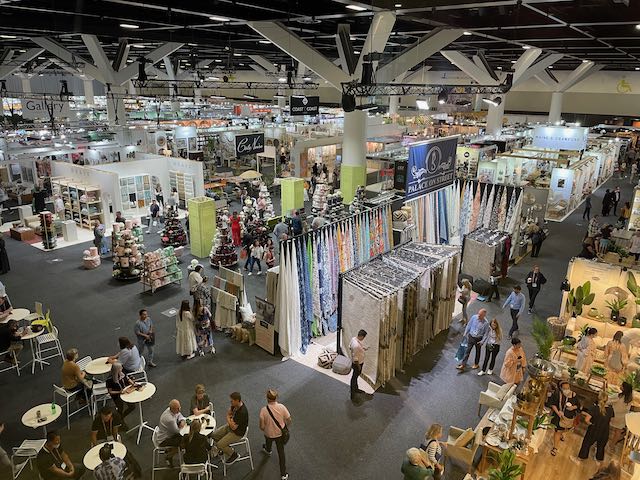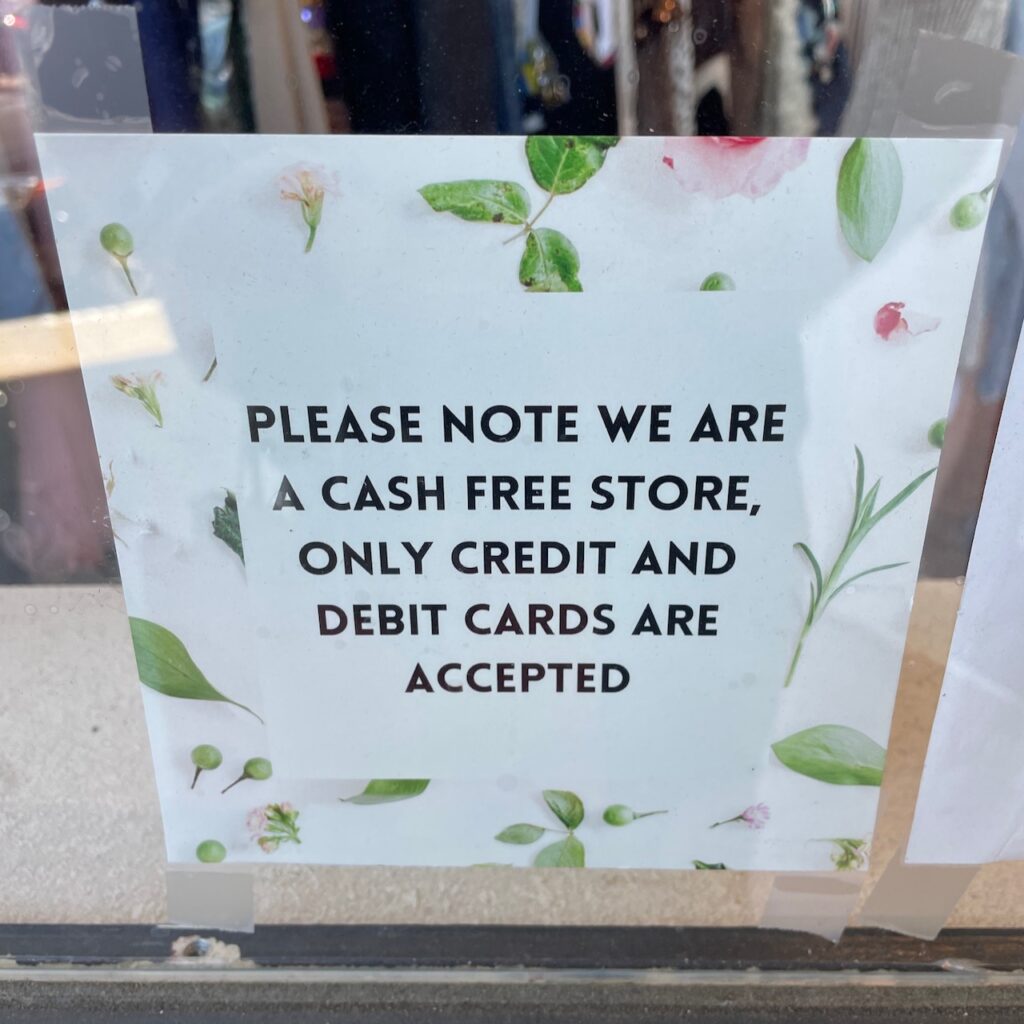You’d think it’s the end of the world as we know it if there is a $1.00 an hour increase to the minimum wage based on the ‘news’ coverage of this debate. Across a range of media outlets business lobbyists, conservative politicians, retailer representatives and some retailers themselves have been saying how awful such an increase would be.
Yesterday, on ABC radio Melbourne and 3AW there were retailers saying products had gone up 200% and 300% and other costs had gone up and a $1.00 an hour wage increase would eat into margin.
Gee, I wish there was fact checking of these claims.
And, I wish there was more comprehensive questioning.
And, if there is a case, it would be good for transparency around the details.
Pretty much every retailer I know has has signed a lease agreeing to an annual 5% increase in rent, sometimes more. That’s right, they contracted this 5% rent increase to be annual.
So, here’s my question? If people make a business, as so many retailers say, why would there be any hesitation on a 5% increase in pay for people … for without them, there may be no business.
Like, why agree to an annual locked-in 5% increase in rent costs but not labour?
A business on a knife edge that goes under for a $38.00 increase in the cost of an employee for 38 hours in a week is a business with a problem anyway.
People on the minimum wage are likely to spend what they earn. That helps the economy. That $1 an hour is beneficial for the economy.
We need smarter journalists who ask more thoughtful questions and who challenge selfishness. I want to hear the retailers asked about paying more rent every year and how they justify this while not wanting to pay their valued employees more every year.
It would be good to sit with a retailer who says they cannot afford the extra $1 an hour and unpack their business numbers from P&L back through inventory data, roster decisions … all decisions that gets the business to the point where $1 an hour is not affordable.
Sure, I want my business costs to fall. And, sure, I want to make more money. The reality is that we are all participants in this one economy. Constant squeezing that the bottom end is bad for those being squeezed, the economy and society. We should care about that.
As for the claims about products costing more. Some do cost more. But they cost more for everyone. There are smart ways to deal with product cost increases. It is lazy to complain. It is appalling to suggest that because of those cost increases you should not pay your employees more.
I appreciate my take will upset some. That’s not my intention. I want an intelligent discussion about wages and business costs, so that all participants understand the facts and, hopefully, through this better understand more sides of the debate on wages.
But, let’s think for a moment, how could small business retailers respond to a $1 an hour increase in labour cost?
The best response is to engage with it on the shop floor. Here are my suggestions:
- Make sure everyone working in your business understands the numbers: where you make money and where you do not make money. Yes, this means being open on the business numbers. A couple of decades ago there was a movement led by the awesome Jack Stack, Open Book Management, it helped turn plenty of businesses around. The more those working in the business understand the numbers the more likely they will work with you.
- Show the connection between what the business makes and what they make or could make through more hours or, even, a bonus(!!).
- Set goals for the business and people in the business who can make a difference to the business performance.
- Make decisions based on evidence for its is these decisions that make local retail shops more money than gut decisions.
- Drive your overall business GP. The higher that is the more you are insulated from increases in your two biggest cost areas: labour and occupancy.
- Think about each decision through the prism of: does this position me better to deal with rising costs, including rising wages costs.
- Turn around and look back into your business for it is likely there are things you can do right now to improve your position. Here is the most easy move: look at inventory you have on the shelves that has not sold in 6 months or more. It’s dead stock. Dead cash, unless you sell it for something. Mine your business data and find opportunities like this.
I could go on. If a $1 an hour increase in labour cost bothers you, confront it as a business opportunity rather than a pure negative. It’s a door opening opportunity I think.
It frustrates me that the wages debate is a debate, with sides. All of us in business benefit if more people in the economy, our economy, have more money to spend, especially if they are in the cohort likely to spend money. If we could all talk about this without taking firm sides we’d have a better opportunity of navigating a path forward we are all happy with.
